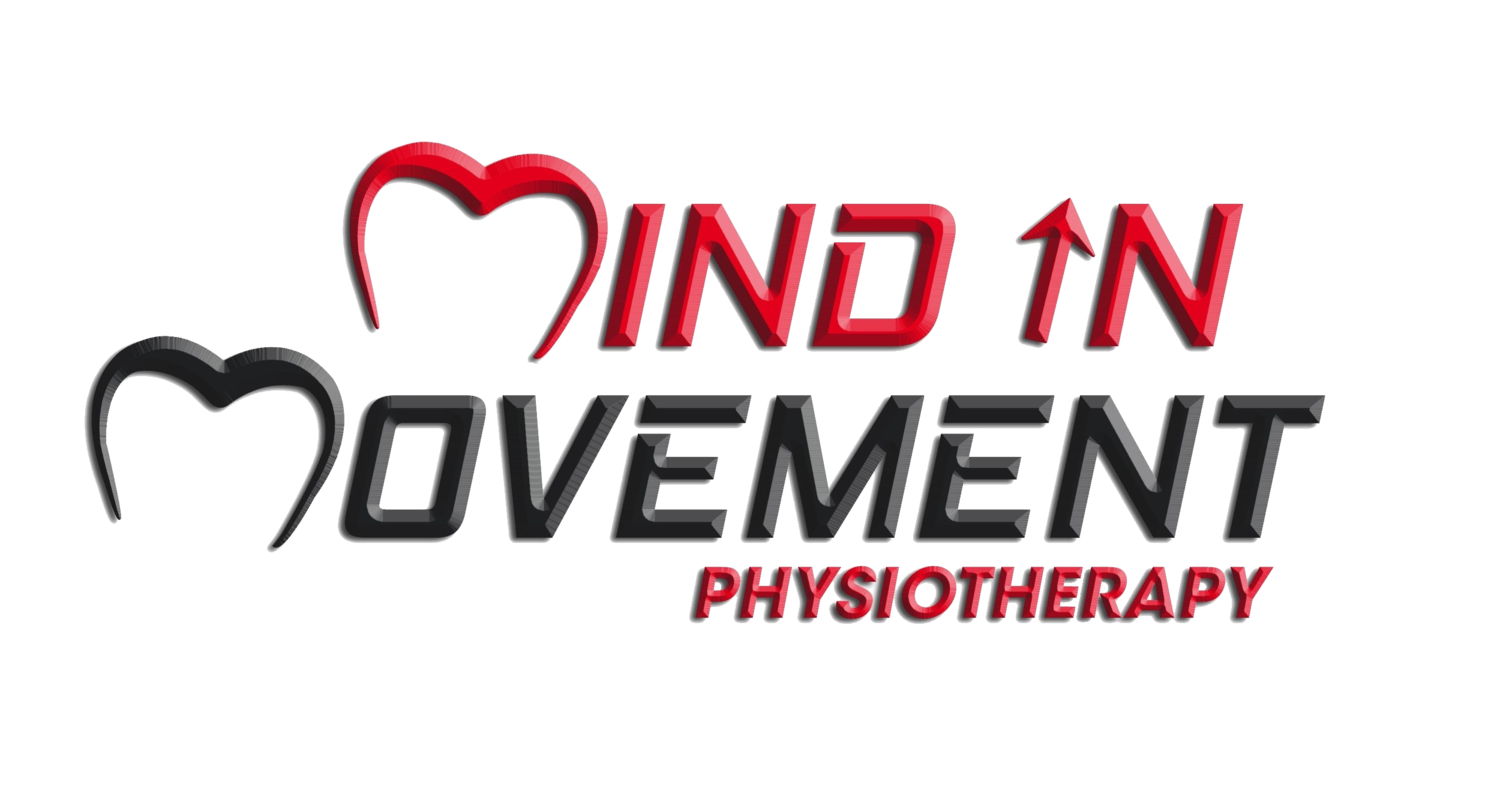Recovery Strategies - Pt 1.
Over time, with the development of a scientific approach to improve the performance of elite athletes, more focus has been designated towards not only how we train but how we can implement recovery strategies to positively influence performance. More recently, conversation has been generated towards optimizing the recovery approach so that we are obtaining the beneficial physiological responses to our imposed recovery tactics, while also maximizing the adaptation response to the stressful stimulus that we may expose ourselves to in training or game scenarios (Mujika et al., 2018).
In combination with the fundamentals of recovery, composed of nutrition, hydration, and sleep, our additional recovery modalities (i.e., pneumatic compression, sauna, contrast bath, etc.) aim to counteract the muscular fatigue, micro-damage, soreness, inflammation, and collection of metabolic properties, that may negatively impact our athletic performance in following training opportunities (Nédélec et al., 2013; Altarriba-Bartes et al., 2020; Field et al., 2021, as cited in Gregson et al., 2022; Mujika et al., 2018). Mujika et al. (2018) outlines the purpose our periodizing our recovery within the season, aiming to provide acute recovery, but also becoming mindful of other imposing factors such as travel, injury, or psychological stress. This begins to emphasize the complexity of how this looks through a dynamic schedule, which considers the recovery period between sessions, the most physically demanding activities within our training, and the available resources to the athlete (Gregson et al., 2022).
Conversely, while we aim to benefit physiologically so that we can return to a maximized functional capacity, we attempt to optimize our adaptation to physical stressors through examples such as protein synthesis; muscular strength, power, or endurance; cardiovascular and respiratory improvement; tensile strength within our bones, ligaments, tendons, and connective tissue; neuromuscular coordination; amongst others (Sharkey et al., 2006). Ideally, we aim to return ourselves to a homeostatic state at a faster rate, while gaining the adaptative benefits of training-induced stress (Mujika et al., 2018).
As mentioned, with our understanding of recovery modalities developing, the resources as to which the modern athlete has access to is expanding. Recovery is sought to be expedited by implementing resources like pneumatic compression devices, saunas, and contrast baths. Let’s have a look at each one:
Pneumatic Compression:
Pneumatic compressive devices, such as NormaTec pants, provide a dynamic and sequential form of compressive therapy to the lower limbs. Winke and Williamson (2018) outline this process, moving blood flow proximally back towards the trunk from the most distal areas of the limb. Essentially, this sequential act of compression aids in the removal of waste and metabolites, enhance blood flow to the treated areas, and reduce the opportunity for unnecessary swelling to occur. In turn, this allows for greater range of motion, reduction in the occurrence of delayed onset of muscle soreness, pain, and muscular strength and power deficits following an exercise session (Winke & Williamson, 2018).
Sauna:
The sauna, which is considered passive heat therapy, has been recognized for its effects in providing numerous positive benefits to relaxation of tissue structures and enhancement or activation or physiological systems. More specifically, Skorski et al. (2019) explains that the 10-20% humidity provided from the production of dry air and elevated temperature of 80-100°C promote relaxation of muscles, nerves, and blood vessels, stimulates the sympathetic nervous system, promotes greater blood perfusion, and proprioceptive feedback within the spine, psychologically and physiologically aiding in recovery for the athlete. While there are a multitude of benefits to the proposed intervention, Skorski et al. (2019) indicate caution if completing this as a recovery resource postexercise when high intensity activity is to be completed in the subsequent day.
Contrast Baths:
Contrast baths, involving the athlete alternate between cold and warm water, have been theorized to assist recovery through manipulating the contractility of blood vessels and the temperature of soft tissue structures (Bieuzen et al., 2013). A systematic review and meta-analysis completed by Bieuzen et al. (2013) more specifically indicates that the alternating change in temperature causes vasoconstriction and vasodilation of peripheral blood vessels which contributes to changes in blood flow and reduces inflammation. Additionally, the authors indicate benefits from the changes in tissue temperature, possible reduction in muscle spasming, and improvements in available joint range of motion. While decreases in muscular in strength and damage following a session were indicated to be reduced, further research in this area of recovery and the physiological processes behind them is indicated (Bieuzen et al., 2013).
With a variety of recovery modalities at our disposal, if you want to perform like an elite athlete, you need to recover like one as well. The more purpose that we invest in the varying factors of our physical self, the more opportunity we gain to reach our athletic goals.
Josh Bortignon
References
Bieuzen, F., Bleakley, C. M., & Costello, J. T. (2013). Contrast water therapy and exercise induced muscle damage: a systematic review and meta-analysis. PloS one, 8(4), e62356. https://doi.org/10.1371/journal.pone.0062356
Gregson, W., Howatson, G., & Thorpe, R. (2022). A PERIODISED RECOVERY STRATEGY FRAMEWORK FOR THE ELITE FOOTBALL PLAYER [Review of A PERIODISED RECOVERY STRATEGY FRAMEWORK FOR THE ELITE FOOTBALL PLAYER]. Aspetar Sports Medicine Journal, 11. https://www.aspetar.com/journal/viewarticle.aspx?id=557#.ZEYAMOxBxpQ
Mujika, I., Halson, S., Burke, L. M., Balagué, G., & Farrow, D. (2018). An integrated, multifactorial approach to periodization for optimal performance in individual and team sports. International journal of sports physiology and performance, 13(5), 538-561.
Sharkey, B. J., & Gaskill, S. E. (2006). Sport physiology for coaches (Vol. 10). Human Kinetics.
Winke, M., & Williamson, S. (2018). Comparison of a pneumatic compression device to a compression garment during recovery from DOMS. International journal of exercise science, 11(3), 375.

